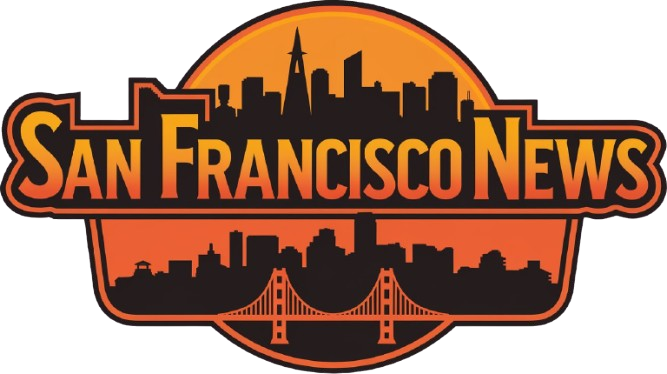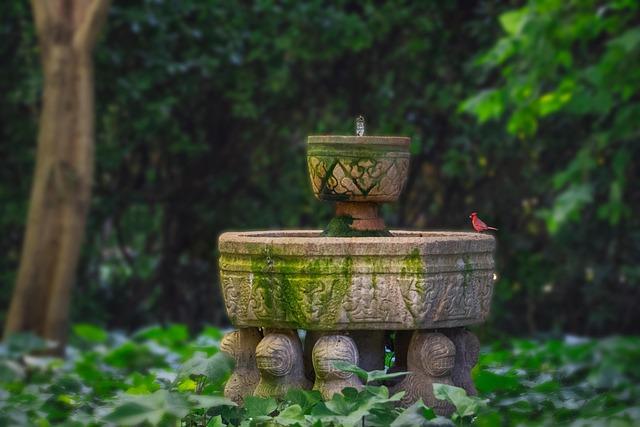The city of Berkeley has announced an open call for Northern California artists to submit designs for a new series of wildlife-supporting sculptures planned for a forthcoming public park. This innovative project aims to blend artistic creativity with ecological function, inviting artists to create installations that not only enhance the park’s aesthetic appeal but also provide habitat and resources for local wildlife. The initiative reflects Berkeley’s commitment to environmental stewardship and community engagement through public art.
Berkeley Launches Call for NorCal Artists to Create Ecological Sculptures
Artists from Northern California are being invited to participate in an exciting initiative to blend creativity with conservation. Berkeley’s newest public park will soon feature striking ecological sculptures designed to support local wildlife habitats. This project aims to enhance natural beauty while fostering biodiversity, making art an active participant in environmental stewardship. Participating artists are encouraged to create works that provide shelter, nesting spaces, or food sources for native animals, turning each sculpture into a living ecosystem element.
Submissions will be evaluated based on innovation, environmental impact, and integration with the park’s ecosystem. The selected pieces will:
- Support native species such as birds, bats, and pollinators
- Incorporate sustainable or recycled materials
- Ensure safety and accessibility for public interaction
- Reflect Berkeley’s commitment to ecological preservation
| Submission Deadline | Project Timeline | Funding Available |
|---|---|---|
| August 15, 2024 | Installation by March 2025 | $15,000 per artist |
Design Guidelines Emphasize Wildlife Habitats and Environmental Sustainability
Artists are encouraged to craft sculptures that seamlessly integrate with the local ecosystem, serving not only as visual attractions but also as vital habitats for native wildlife. Emphasis is placed on using materials and forms that support birds, pollinators, and small mammals, ensuring that each piece contributes to biodiversity. Project guidelines suggest incorporating elements such as perching spots, nesting cavities, and natural textures that encourage wildlife interaction without disrupting the environment.
Environmental sustainability stands at the core of the design criteria, urging participants to consider eco-friendly materials, renewable resources, and minimal maintenance requirements. Proposals should demonstrate how sculptures will withstand climate conditions while preserving surrounding flora and fauna. The table below highlights key ecological features sought after in the sculpture designs:
| Ecological Feature | Design Function | Benefits |
|---|---|---|
| Perching Platforms | Provide resting spots for birds | Encourages bird activity, supports local species |
| Nesting Cavities | Safe spaces for small birds and pollinators | Boosts reproduction rates, enhances habitat |
| Textured Surfaces | Offer shelter and grip for insects | Promotes insect diversity, supports food chain |
| Natural Materials | Use of sustainable and biodegradable components | Minimizes ecological footprint, fosters sustainability |
Selection Panel Encourages Innovative Use of Native Materials and Community Engagement
The selection panel has set a clear vision for the upcoming public art project by placing a strong emphasis on innovative applications of native materials. Artists are encouraged to explore the rich natural resources of Northern California, incorporating elements such as reclaimed redwood, manzanita branches, and locally sourced stone to create sculptures that not only blend seamlessly into the environment but also promote sustainability. This approach is designed to celebrate the region’s ecological heritage while pushing creative boundaries in material use.
Community involvement is another key pillar in the decision-making criteria. The panel seeks artists who can foster meaningful engagement through their designs, inviting local residents to connect with the space and its wildlife. Innovative concepts might include interactive features or educational components that raise awareness about native species and conservation efforts. The goal is to create dynamic installations that serve as gathering points and catalyst for environmental stewardship within the park.
- Preferred Native Materials: Reclaimed redwood, manzanita, California stone
- Community Engagement Ideas: Interactive art, educational workshops, wildlife observation features
- Artistic Goals: Sustainability, ecological storytelling, accessibility
Insights and Conclusions
As Berkeley moves forward with its innovative public art initiative, the call to Northern California artists marks a significant step in blending creative expression with environmental stewardship. By inviting artists to design sculptures that support local wildlife, the city not only enriches its public spaces but also fosters a deeper connection between community, art, and nature. The selected works are expected to debut in the coming year, offering residents and visitors alike a unique experience that celebrates both artistic vision and ecological preservation.







